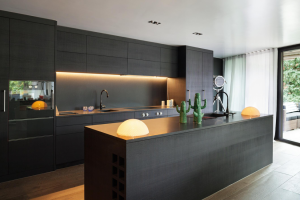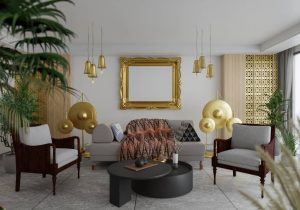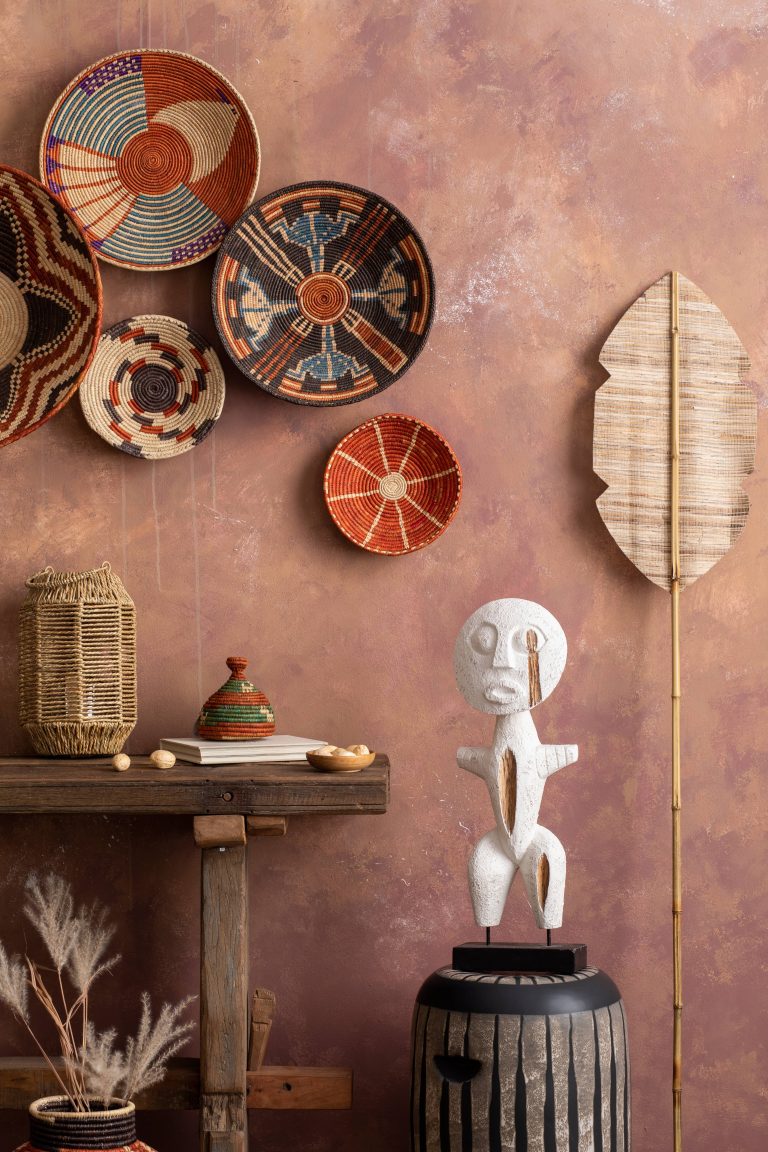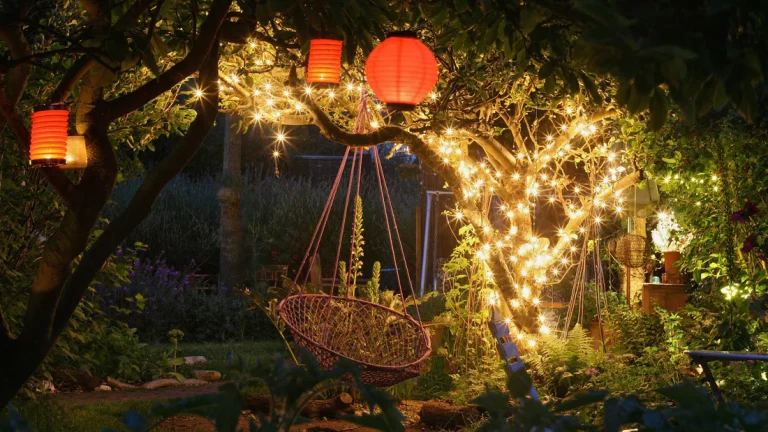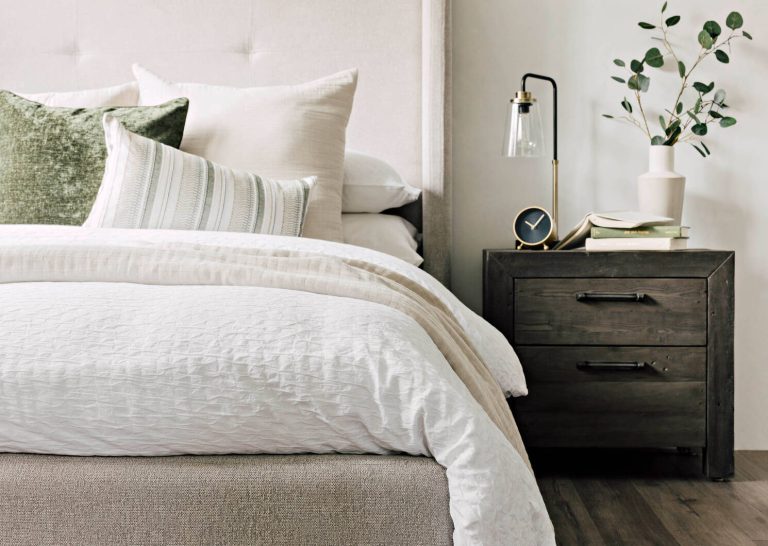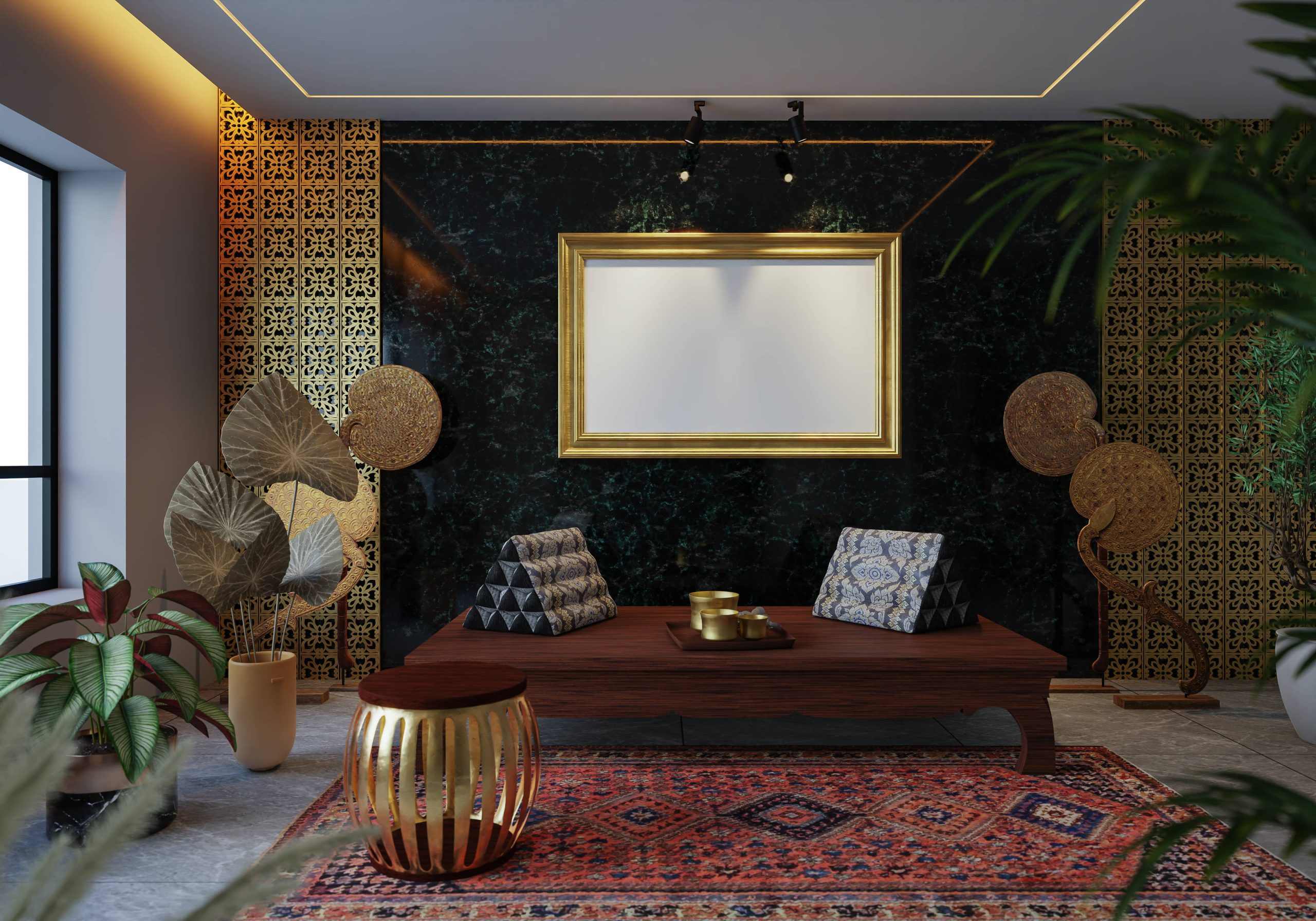
When it comes to interior design, the words “patterns” and “textures” often evoke visions of luxurious fabrics, intricate wallpapers, and stunning rugs. Yet for many, the idea of incorporating multiple patterns and textures into a single space is daunting. Fear not! Combining patterns and textures is an artform that can transform any room from mundane to magnificent. In this blog post, we’ll explore the skill of combining patterns and textures in interior design, ensuring that you can enhance your home decor with confidence and flair.
Understanding Patterns and Textures
Patterns refer to the repetition of elements such as shapes, lines, and colors in a decorative design. They can range from simple stripes and checks to elaborate florals and geometrics. Textures, on the other hand, relate to the surface quality of a material—how it feels and looks. Textures can be soft, rough, smooth, or nubby, and they add depth and interest to a space.
Successfully combining patterns and textures requires a good balance, a discerning eye, and an understanding of a room’s overall aesthetic. Here are some techniques and tips to guide you through this artistic endeavor.
Start with a Focal Point
Begin your design journey by selecting a focal point or hero piece—this could be a large patterned rug, a textured wall feature, or a statement piece of furniture. This element will serve as the anchor for the rest of your design, providing inspiration and direction. By starting with a focal point, you create a foundation upon which to layer additional patterns and textures.
Maintain a Cohesive Color Palette
One of the easiest ways to harmonize patterns and textures is by maintaining a cohesive color palette. Choose two or three main colors and weave them throughout your designs to ensure a unified look. While it’s possible to use more colors, keeping them within a consistent palette helps prevent the room from feeling chaotic. Consider using different shades, tones, or tints of the same color for added sophistication.
Play with Scale and Proportion
Mixing patterns effectively requires a keen sense of scale and proportion. To avoid overwhelming the space, vary the size of the patterns you use. Pair large motifs with smaller prints to create balance and interest. For example, a large floral print on a duvet cover could be complemented by smaller, gingham-patterned pillows. This contrast in scale makes each pattern stand out while still working in harmony.
Layer Textures for Depth
Textures are essential for adding depth and dimension to a space. When combining textures, think about using a mix of soft and hard, shiny and matte, or smooth and rough materials. Imagine a velvet sofa paired with a chunky knit throw or a sleek marble table against a brick wall. These contrasts create an inviting and dynamic environment, making the space feel lived-in and appealing.
Use Patterns with Similar Themes
An effective way to mix patterns is by choosing prints with similar themes or motifs. Whether it’s florals, geometrics, or abstract designs, keeping thematic consistency can help different patterns work well together. For instance, pairing a floral wallpaper with botanical-themed cushion covers can strengthen the thematic link in a room.
Consider the Rule of Three
The “Rule of Three” is a classic concept in design, suggesting that odd numbers create more visually appealing compositions. When combining patterns, this rule suggests using at least three different patterns in a space. For instance, a striped rug, polka dot curtains, and floral cushions can together create a balanced yet lively arrangement.
Experiment with Materials
Don’t shy away from experimenting with a variety of materials to add texture to a room. Wood, metal, glass, and fabric all have unique qualities that contribute to the room’s overall aesthetic. Blend these materials thoughtfully. A rustic wooden table can ground a space with metallic accents, while glass decor can add a touch of elegance and lightness.
Trust Your Instincts
Despite the guidelines and principles mentioned, interior design is ultimately a personal and creative process. Trust your instincts and don’t be afraid to take risks. If a combination of patterns and textures resonates with you and enhances the emotional and aesthetic quality of the room, then it is likely the right choice for your space.
Creating Visual Rest
While bold patterns and textures are exciting, it’s equally important to provide visual rest. Areas of solid color or more subdued design elements are necessary to balance the eye-catching patterns, preventing the room from becoming overwhelming. These areas act as visual pauses, allowing the viewer to appreciate the patterns and textures more deeply.
Practicing Restraint
In the realm of patterns and textures, more isn’t always better. Practicing restraint is key to creating a harmonious space. Carefully edit your selections to ensure each piece contributes to the overall aesthetic. By refining your choices, you’ll avoid clutter and maintain a sense of elegance and sophistication.
Combining patterns and textures in interior design is a skill that can elevate your home decor to new heights. By understanding the principles of scale, proportion, color coordination, and thematic consistency, you can create rooms that are not only visually appealing but also rich in tactile interest. So unleash your creativity, trust your instincts, and enjoy the journey of transforming your living space into a unique expression of style and comfort!


